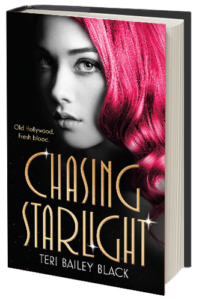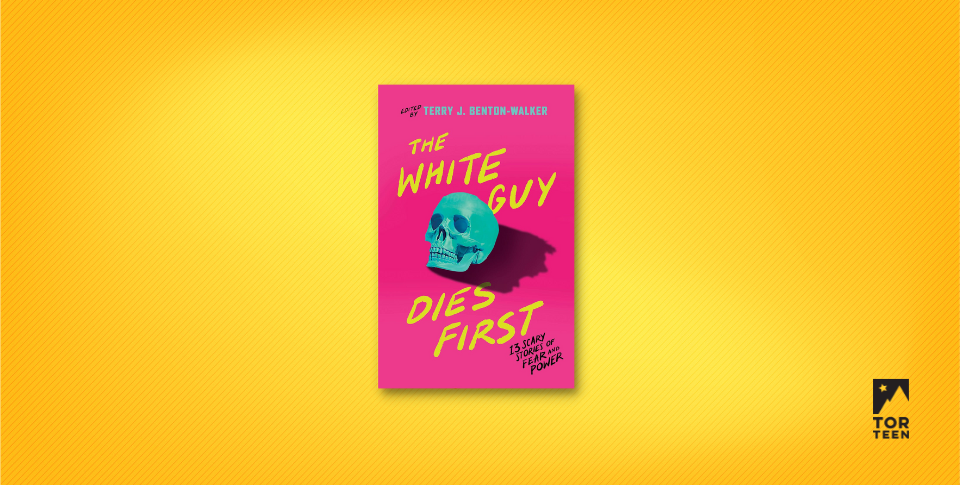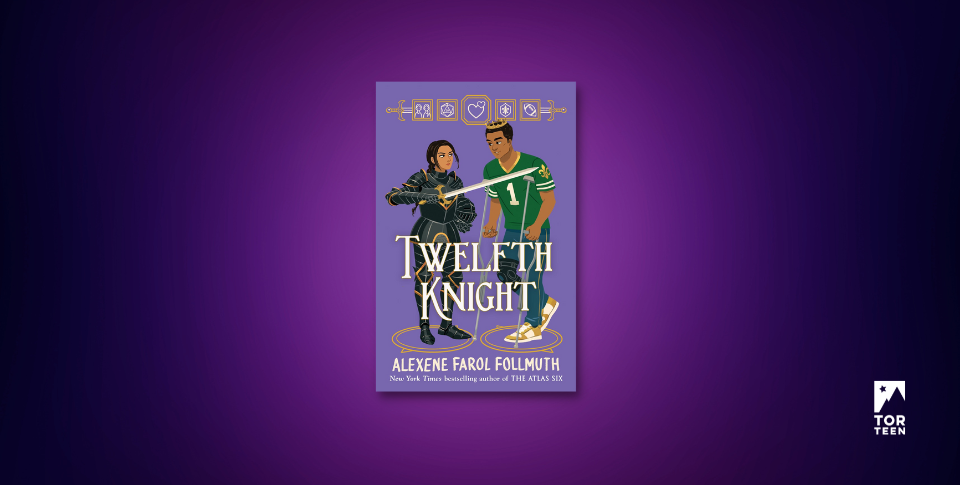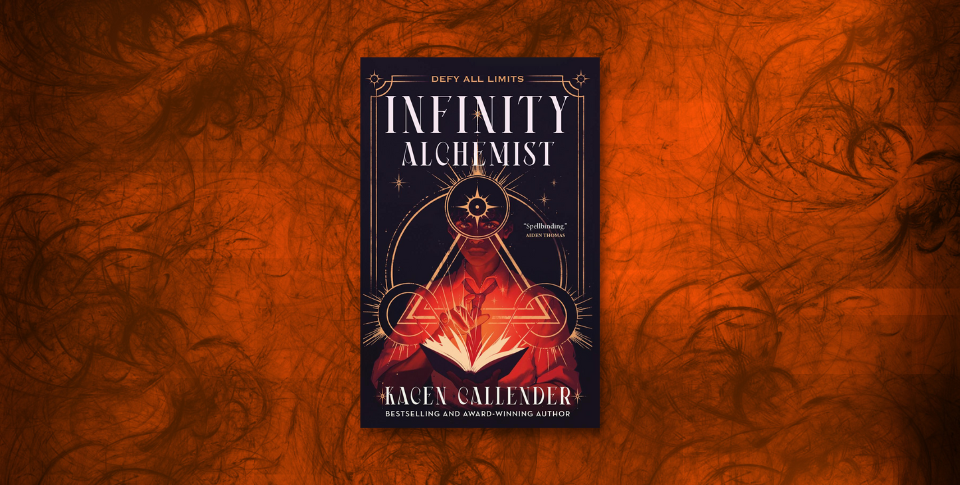
Movies, mansions, and murder in the Golden Age of Hollywood! Read below to find out what inspired Teri Bailey Black to write her newest YA historical mystery, Chasing Starlight!
By Teri Bailey Black
After deciding to base my next young adult mystery in Old Hollywood, I sat down to watch a few movies from the 1930’s and quickly became an obsessive fan, my TV airing a nonstop stream of singing, dancing, and snappy dialogue. I was thrilled. My historical setting was right there in front of me, as authentic as it gets, filmed in real time. I studied the clothes and cars and took notes on the slang they used. I fangirled over Ginger Rogers and Katharine Hepburn in Stage Door, Jean Arthur and Joel McCrea in The More the Merrier, Humphrey Bogart and Lauren Bacall in To Have and Have Not and many more.
Then I started to notice a disturbing trend.
Sexism is rampant in these old movies and unapologetic. Women are often portrayed in demeaning ways, their characters passive while men take charge. Fred Astaire calls his leading ladies “little girls”. Sexual harassment in the workplace is shown as standard practice.
In fact, a common theme in films made during the Great Depression is the trouble caused when a pretty woman works in an office. In one movie, the male lead routinely fires his secretaries for being too attractive and tempting. On the flip side of that, women are depicted as being more interested in seducing their rich boss than doing their work. In either case, the message is the same: women don’t belong in a man’s working world.
I was particularly appalled by a 1933 film called She Had to Say Yes. Loretta Young plays a secretary who’s asked to entertain traveling salesmen in the evenings to boost company sales. She’s a “nice girl” but agrees. She’s almost raped, and then falls in love with the perpetrator because he’s really a nice guy after all; he just had the wrong idea about her.
I growled at my TV. Who made these movies?
I did my research and found the answer: men. In the 1930’s, Hollywood was ruled exclusively by men.
It wasn’t always that way. In the early years of filmmaking (silent films), women were actively involved in the decision-making and production side of things. But by the 1930s, Hollywood was controlled by a few big studios and men only, which influenced the stories that were told and how genders were depicted. As TCM host Alicia Malone explains in her book The Female Gaze, movies from this era tend to have men doing the looking, while women are left in the weaker position of being looked at.
I was appalled and excited! I’m a writer and could address that inequality in my story. I already had talented performers hungry for stardom, a dead body in the kitchen, a hard-boiled detective. Now my main character, Kate a smart, capable, seventeen-year-old girl must deal with male chauvinism in Hollywood. And, joy of joys, a new character named Stella Nixon was born, my vehicle for showing this side of Hollywood. Stella was instantly hilarious and a blast to write.
Foremost, I want my stories to entertain. But historical details like this add depth, and hopefully teach a little message along the way.




